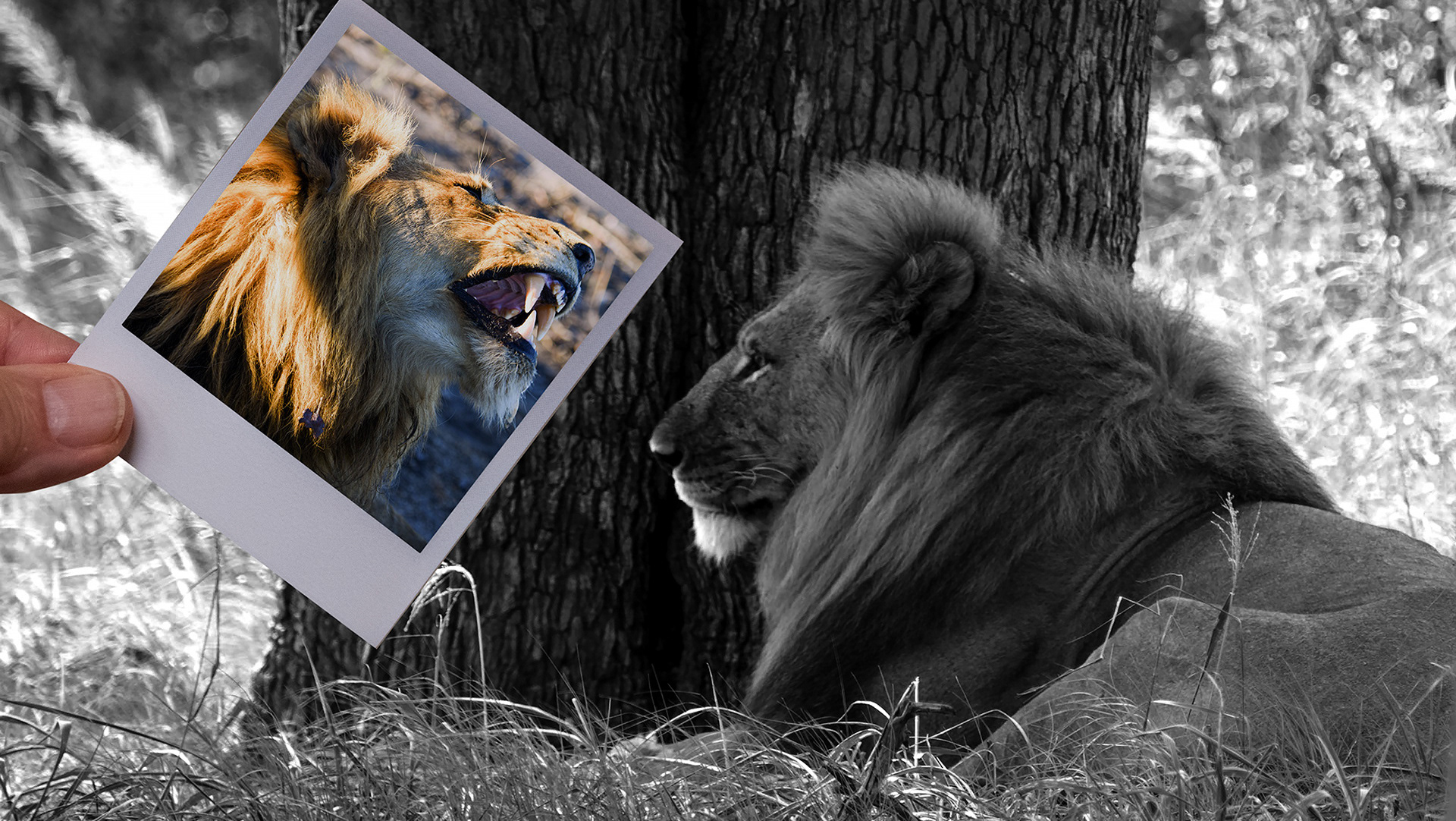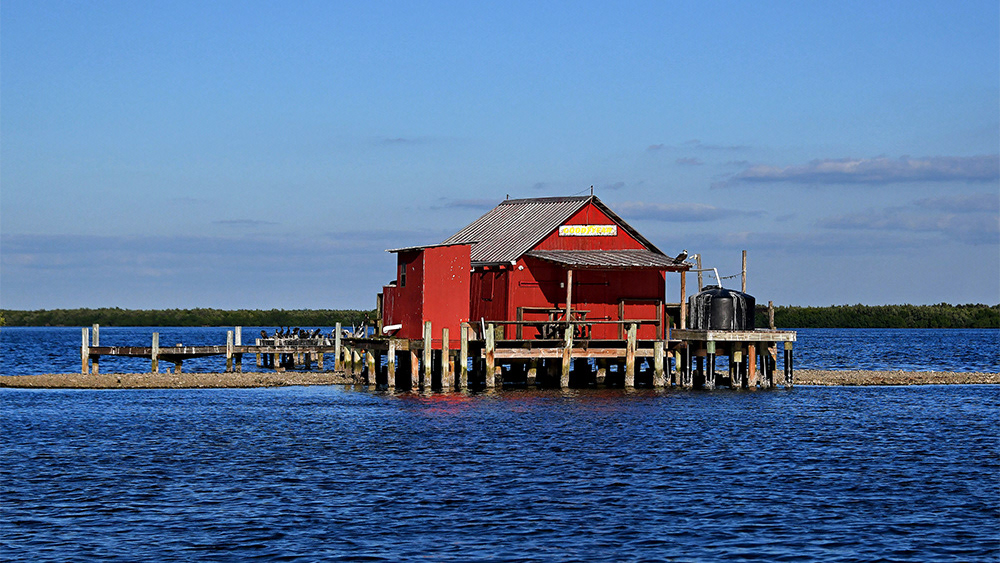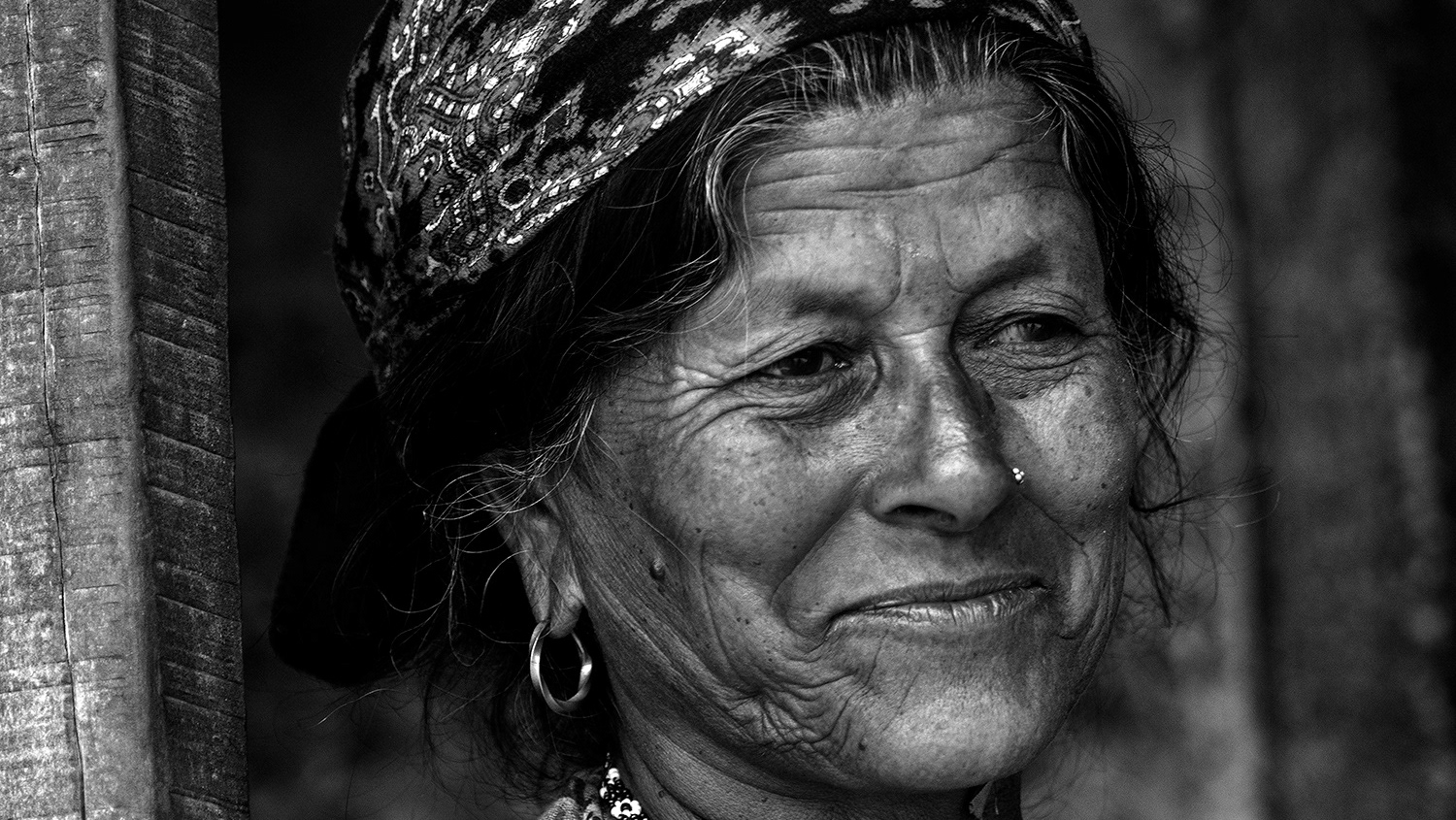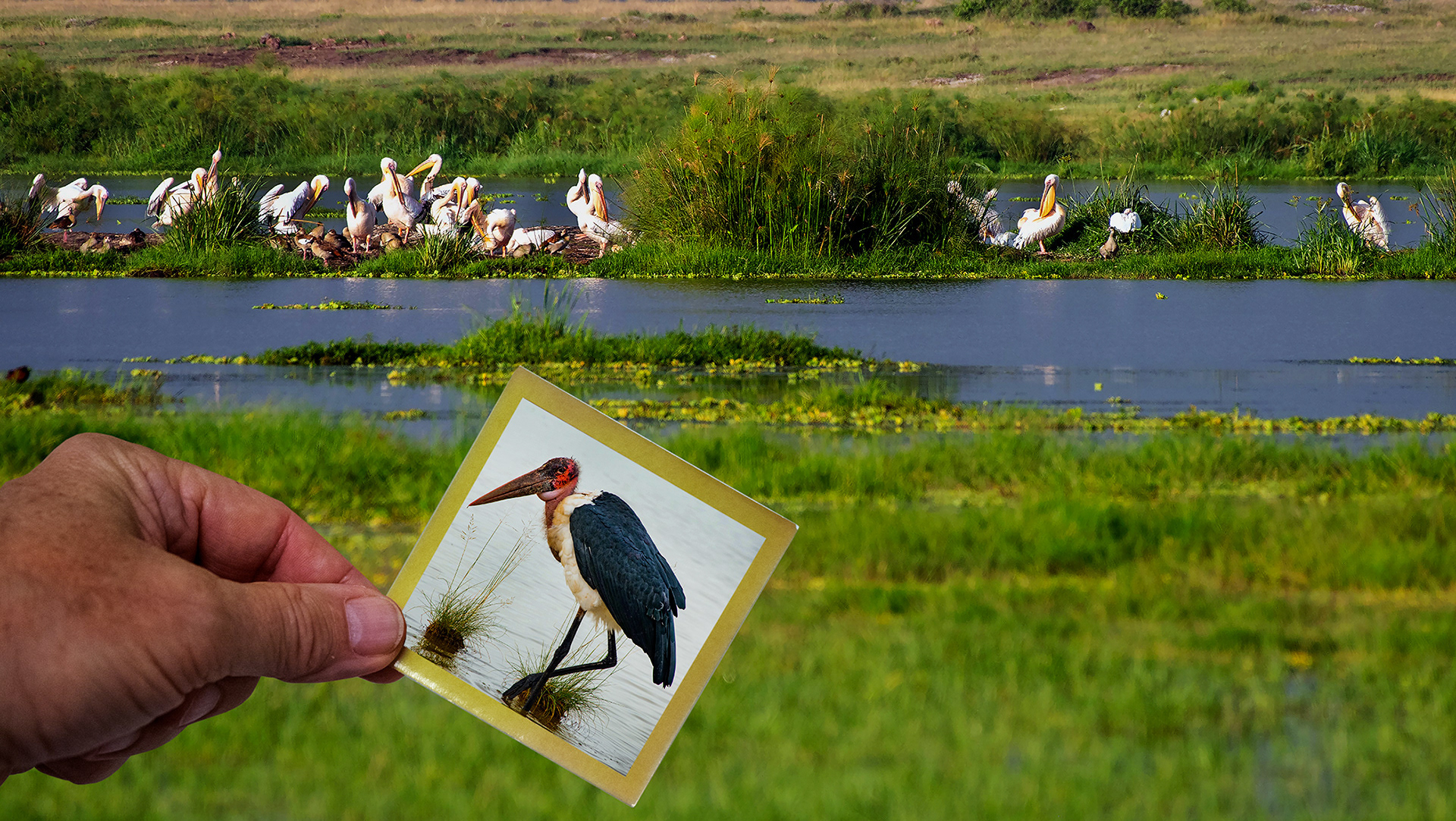I entitled my series "Frolicking Zebras of Amboseli". Showing them in black & white brings out the contrast of their stripes. Though you may think they resemble horses, their backs are not strong enough to carry riders. Zebras are still hunted for their hides. No two zebras have exactly the same stripes. Zebras typically graze on grasses in small family herds consisting of a stallion, several females and their young.
They frolic to learn skills of self-defense. By banding together, the make it more difficult for predators. Perhaps the stripes make it difficult for a predator to identify a weakened or vulnerable zebra. Scientists believe zebras recognize each other. Male zebras engage in fights with other males, and failure could mean an easy meal for a predator. Some zebras will tumble to the ground as a defensive maneuver. Frolicking among themselves prepares young males for when they attempt to establish their family group. Zebras have undergone substantial reductions of range in Africa. Habitat loss in an already restricted range is a serious threat to survival. Due to overgrazing and competition for water, juveniles have a low survival rate. Unfortunately, these majestic creatures remain endangered.








